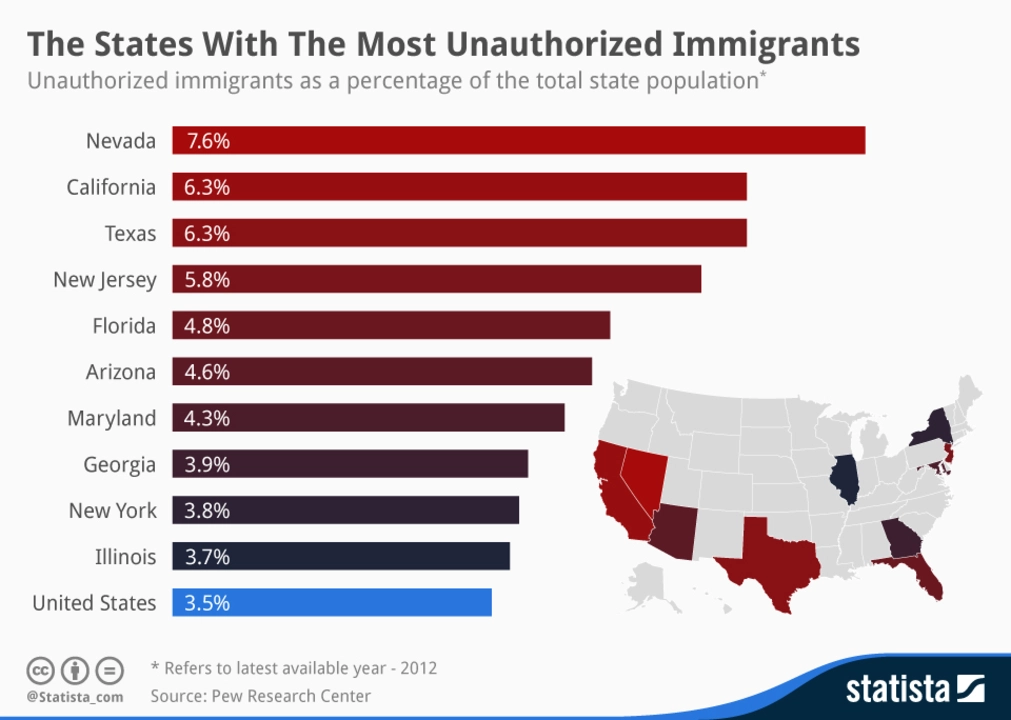Demographics and Relationships in India: What’s Changing?
Have you noticed more friends or colleagues choosing to stay single these days? You’re not alone. Across India, the pattern of getting married is shifting, and the numbers back it up. This page breaks down the key facts and explains why the trend matters for you, your family, and the wider community.
First off, the idea of a lifelong partner is still strong in most Indian families, but the path to marriage is no longer a straight line. Education, career goals, and personal freedom are playing bigger roles. Younger generations are weighing the benefits of staying single against the traditional expectations that come with marriage.
Why More Indians Are Staying Single
One major reason is education. More people are going to college, and many stay in the same city for work after they graduate. When you’re busy with studies or a demanding job, finding time for a serious relationship can feel like a low priority. In addition, financial pressure is real. Buying a house, paying off loans, and supporting aging parents can make marriage seem expensive.
Social attitudes are also evolving. Today’s youth have more exposure to global media and ideas about personal fulfillment. They often value independence and self‑growth before committing to a partner. For many women, staying single can mean more control over career choices and personal safety, which is why the percentage of single women tends to be higher than that of men.
What the Numbers Tell Us
Recent surveys estimate that about 5‑10 % of Indians never marry. While that may sound small, it’s a noticeable jump from a few decades ago when almost everyone tied the knot. The rise is most visible in urban areas like Delhi, Mumbai, and Bengaluru, where job markets are fast‑paced and housing costs are steep.
Age also matters. People in their late twenties and early thirties are more likely to be single than those in their early twenties. This suggests that many are waiting until they feel financially stable or have achieved certain career milestones before thinking about marriage.
Another factor is the growing acceptance of alternative relationship models. Cohabitation, live‑in relationships, and delayed marriage are becoming less stigmatized, especially among the middle class. These options give individuals a way to share life without the legal and social commitments of marriage.
What does this mean for you? If you’re single, you’re part of a growing group that’s reshaping Indian society. If you’re thinking about marriage, the data can help you set realistic expectations about timing, finances, and family dynamics. And if you’re a policymaker or community leader, understanding these trends can guide better support systems, like affordable housing and career counseling.
In short, the shift toward single living isn’t just a personal choice; it reflects broader changes in education, economy, and culture. Keep an eye on the numbers, stay open to new ideas, and you’ll be better equipped to navigate the evolving landscape of relationships in India.
In recent times, I've noticed a growing trend of people choosing to stay unmarried in India. Upon further research, I found out that about 5-10% of Indians stay unmarried throughout their lives. This change in lifestyle choices seems to be influenced by factors like career ambitions, personal freedom, and individualistic values. Interestingly, Indian women are more likely to remain single compared to men. It's fascinating to see how societal norms are evolving and how these changes are reshaping the traditional concept of marriage in India.
